What is Jacquard Knitting and Why is it Great for Your Merch?
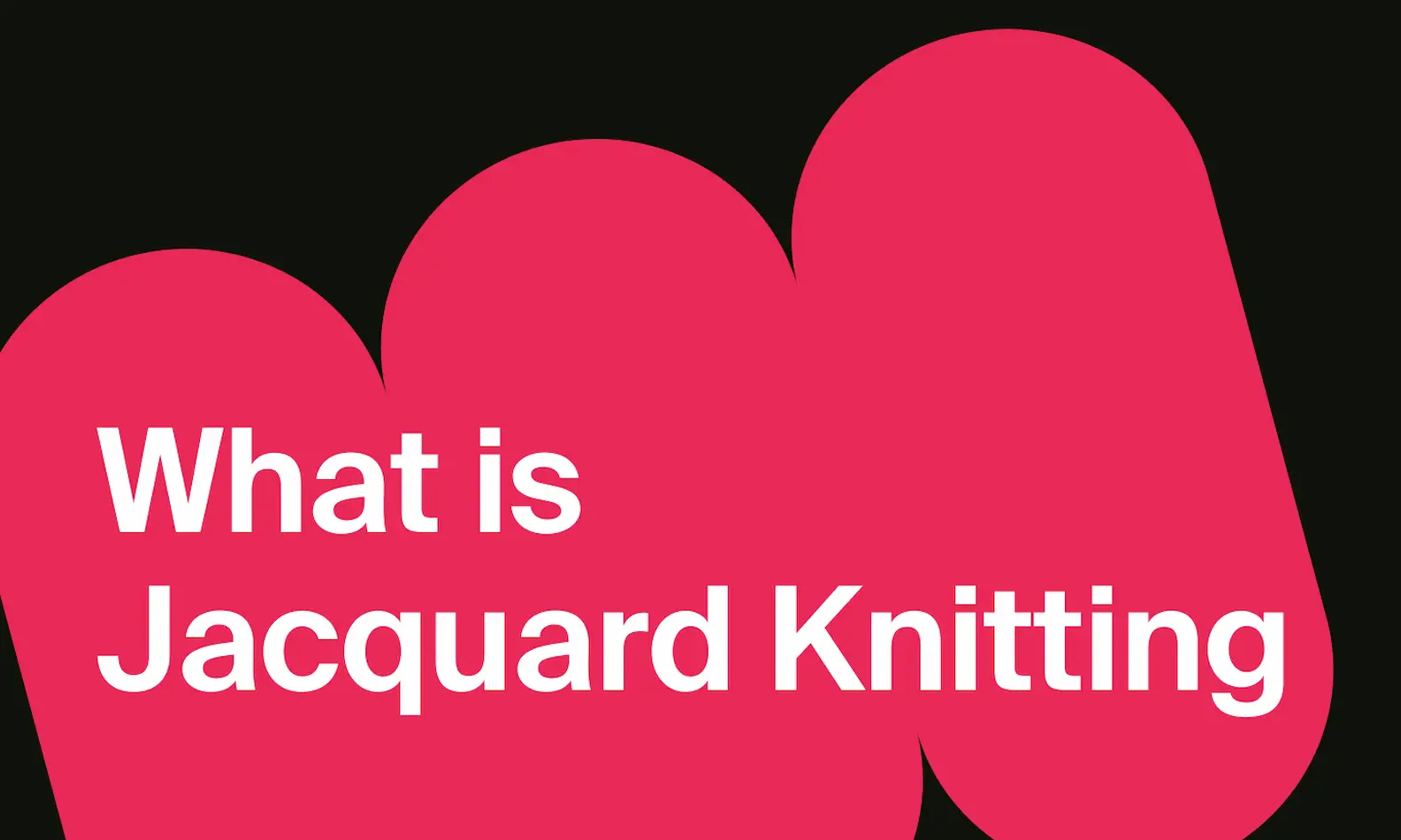
You might've seen the term "Jacquard knitting" when reading about the different fabrics you can choose for print on demand products, like the ones you can customize on your Fourthwall merch shop. But what exactly is it, and can you get Jacquard knitwear for your own custom merch?
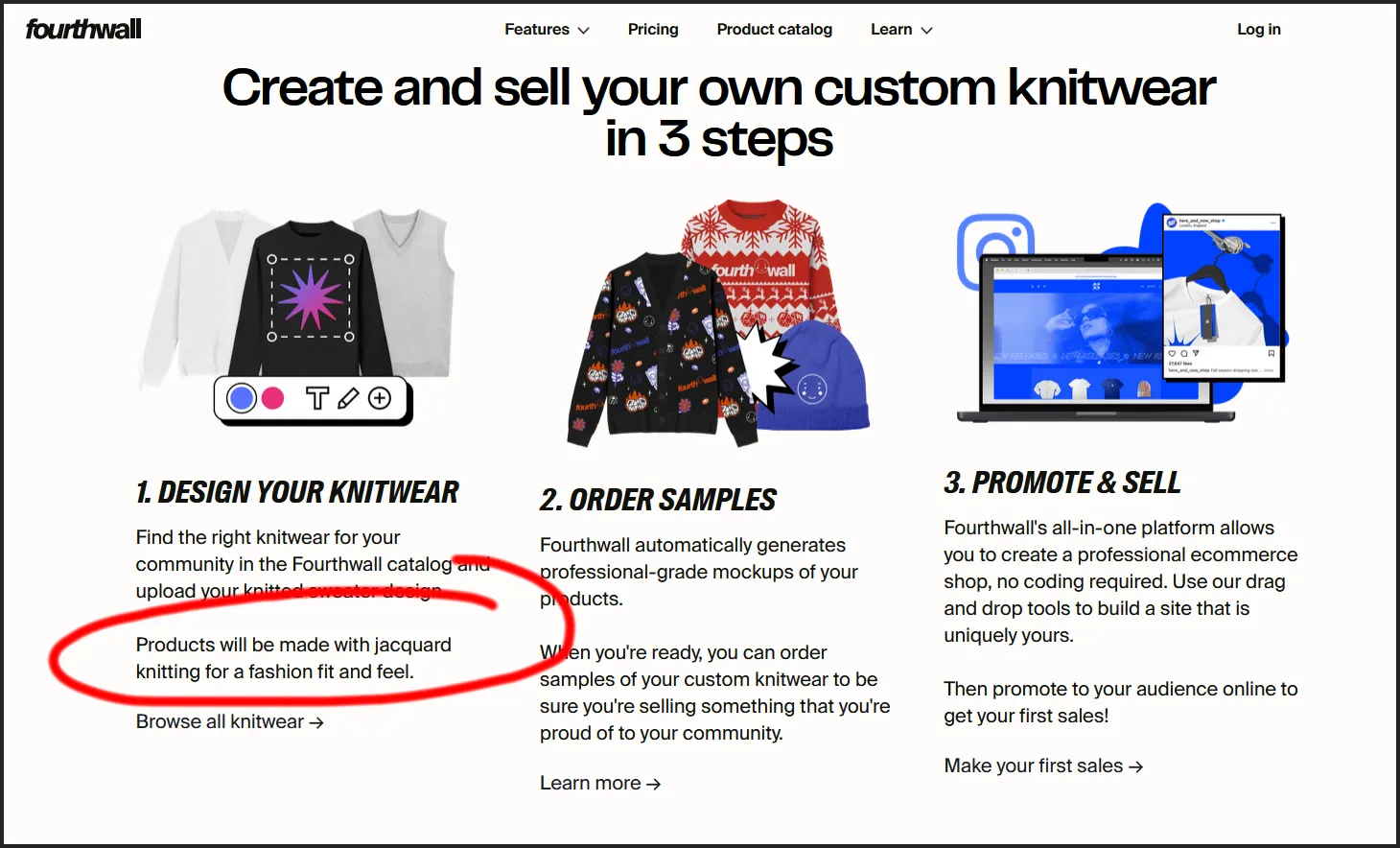
The Jacquard weaving technique actually owes its name to Joseph Marie Jacquard, a French textile worker who revolutionized the weaving industry in the early 19th century. Initially working as a "draw boy" in a traditional loom setup (where he was responsible for manually lifting threads during the loom to help create patterns), Jacquard recognized how labor-intensive the job was, and wanted to seek out a more efficient method.
Jacquard's solution was a loom that utilized a series of punched cards strung together in a continuous chain to automate the weaving process. Each of the punchcards corresponded to one row of the design on the loom, and essentially automated the creation of the patterns in the weave. This change effectively replaced the need for a draw boy, making the Jacquard loom an innovation that streamlined fabric production.

Today, Jacquard looming is one of the "stranded" knitting techniques, which means that two or more colors are weaved together in a single row to create a visual pattern. It allows the maker to weave beautiful, intricate colorwork patterns into knitted fabrics; and unlike printed or dyed patterns, the design is knitted directly into the fabric, as part of it. The result is a fabric with a design that's as durable as the material itself.
Sounds Amazing! But Can You Jacquard Knit on Demand?
Yes! Modern advances in manufacturing technology now allow you to produce Jacquard patterns on demand. These machines read digital files and convert them into amazing knit custom designs, making it easier than ever to produce a limited run of custom patterned knit sweaters or even single pieces with intricate patterns.
What's even more amazing is that platforms like Fourthwall natively support Jacquard knits, which allow you to offer unique apparel to your audience without the need for large-scale production.
How Do You Identify Jacquard?
Identifying Jacquard is straightforward. Unlike printed patterns that sit on the surface, Jacquard patterns are woven or knitted into the fabric. If you look at the reverse side, you'll see the inverse of the pattern, not just a plain surface. The texture is often more complex, and the pattern is integral to the fabric. It's also a quite fine knit, unlike a lot of knitted sweaters that are crafted by hand.
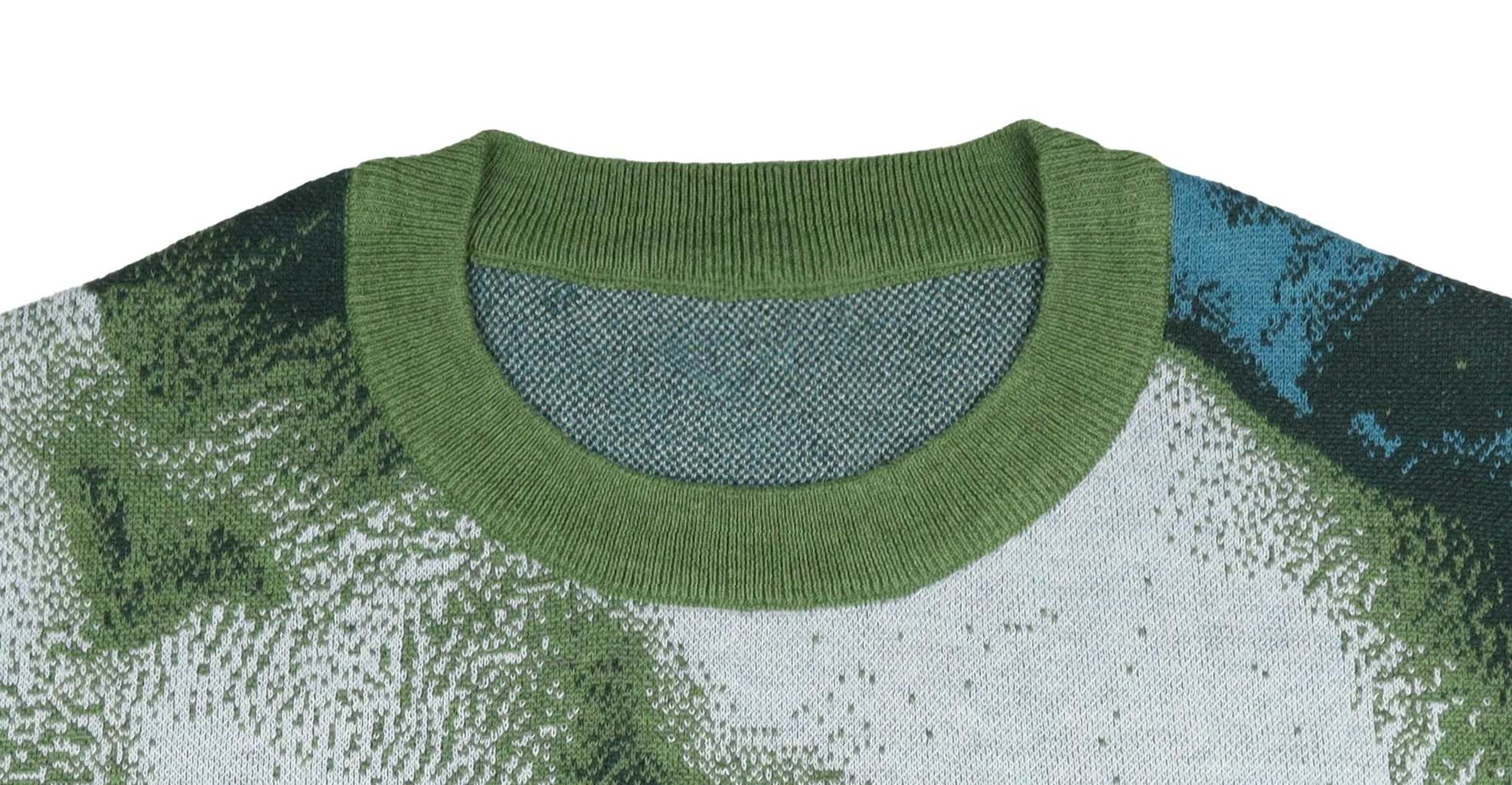
All About Jacquard:
Can You Hand Knit Jacquard?
Yes, you can hand knit Jacquard, but it's labor-intensive. The Jacquard technique involves using multiple colors in a single row and switching between them to create patterns. Skilled knitters use specific techniques to manage the different yarns without tangling them up. It's a craft that demands attention to detail but offers rewarding results; it's actually quite impressive that we now have machines that can replicate similar techniques!
Is Jacquard Fabric Good for Summer?
Jacquard can be both heavy and light, depending on the yarn and technique used. Lighter versions made from cotton or synthetic blends can be suitable for summer wear. However, intricate patterns often mean more yarn is used, which can make the fabric denser and warmer, so choose wisely based on material, design, and the required weave to get the pattern you want.
Is Jacquard Knit Expensive?
Generally, yes. The complexity of the patterns and the time or technology required to produce them often make Jacquard more expensive than simpler weaves. The advent of computerized machines creating Jacquard knits has made them more accessible; but merch that's Jacquard-knit is probably best chosen for special merchandise drops, seasonal specials (like Christmas sweaters), or detailed knit designs.
How to Plan Your Own Jacquard Merch
Design It!
Sites like Fourthwall offer premade templates for Jacquard-knit sweaters, primarily with festive holiday designs. If you're good with graphic design, you can plan out your own sweater pattern; if not, you can work with a designer to bring your Jacquard sweater idea to life!
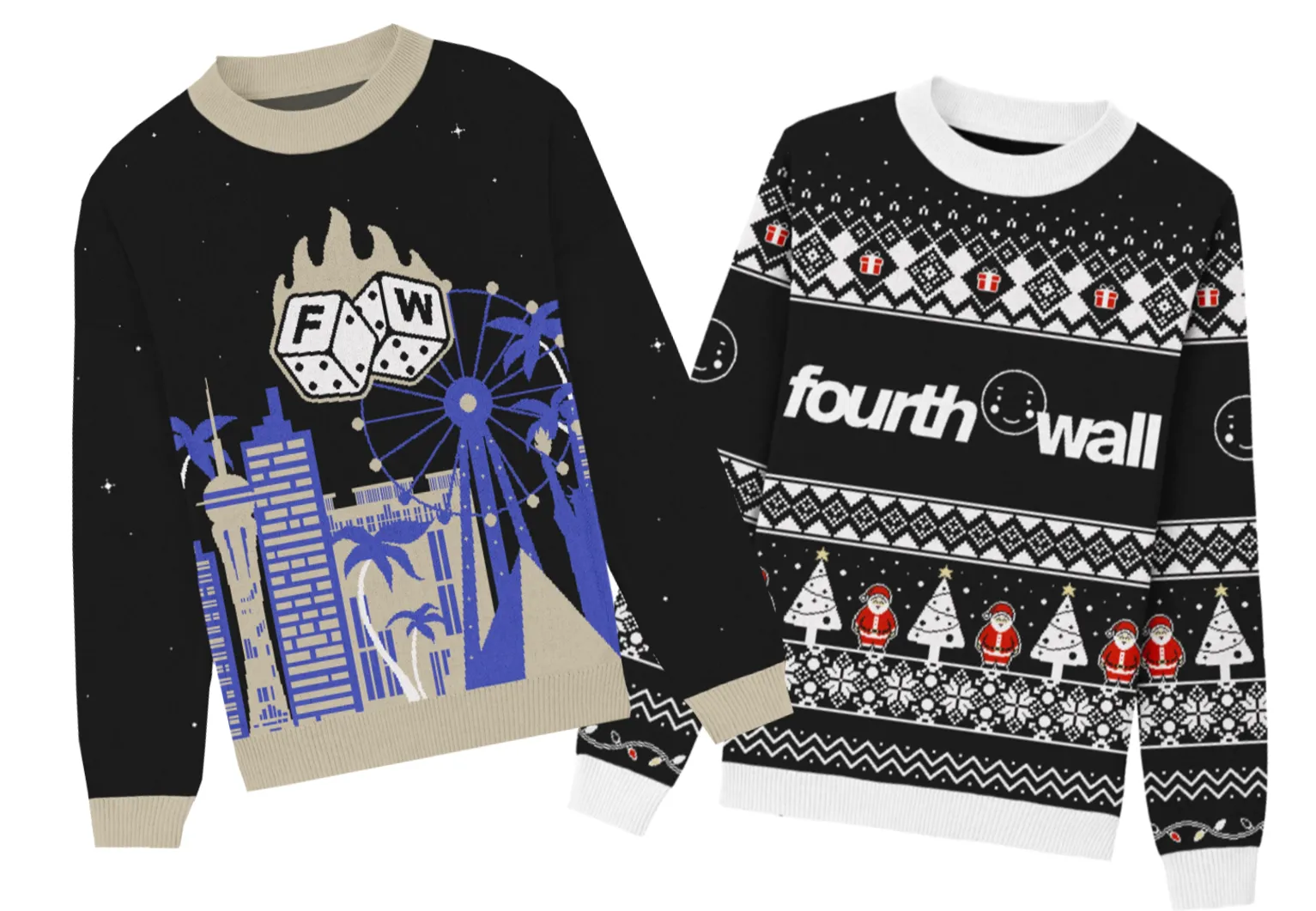
Choose Your Colors
Once you've got a design selected, you'll want to decide on the color scheme for your Jacquard sweater. This is where it gets a little tricky - with a Jacquard knit, there's a limit of four yarn colors per product. Going back to Fourthwall, they actually have 36 gorgeous yarn colors you can choose from - but you've got to keep it to four for your Jacquard sweater project, so when you're coloring in your design to prepare it for printing, make sure your colors complement each other nicely (or contrast wickedly - that part's up to you!)
Also keep in mind that the collar, cuffs, and bottom hem of your print on demand Jacquard sweater must all be the same color.

Sample It!
Fourthwall recommends that you order a sample of your sweater before placing a larger order, to make sure the vision you have for your Jacquard design renders the way you want it to on the actual sweater. This process can take between 4-16 days. Once you get your sample sweater back and you're happy with it, you can make your Jacquard sweater listing on your Fourthwall store!
List It!
Selling your Jacquard sweaters on Fourthwall is even more simple than planning and ordering them. They take a little longer to create and ship than Fourthwall's other merch, so if you're planning a special drop or a holiday sweater release, you'll want to give your customers advance notification that these items ship more slowly, but are well worth the wait!
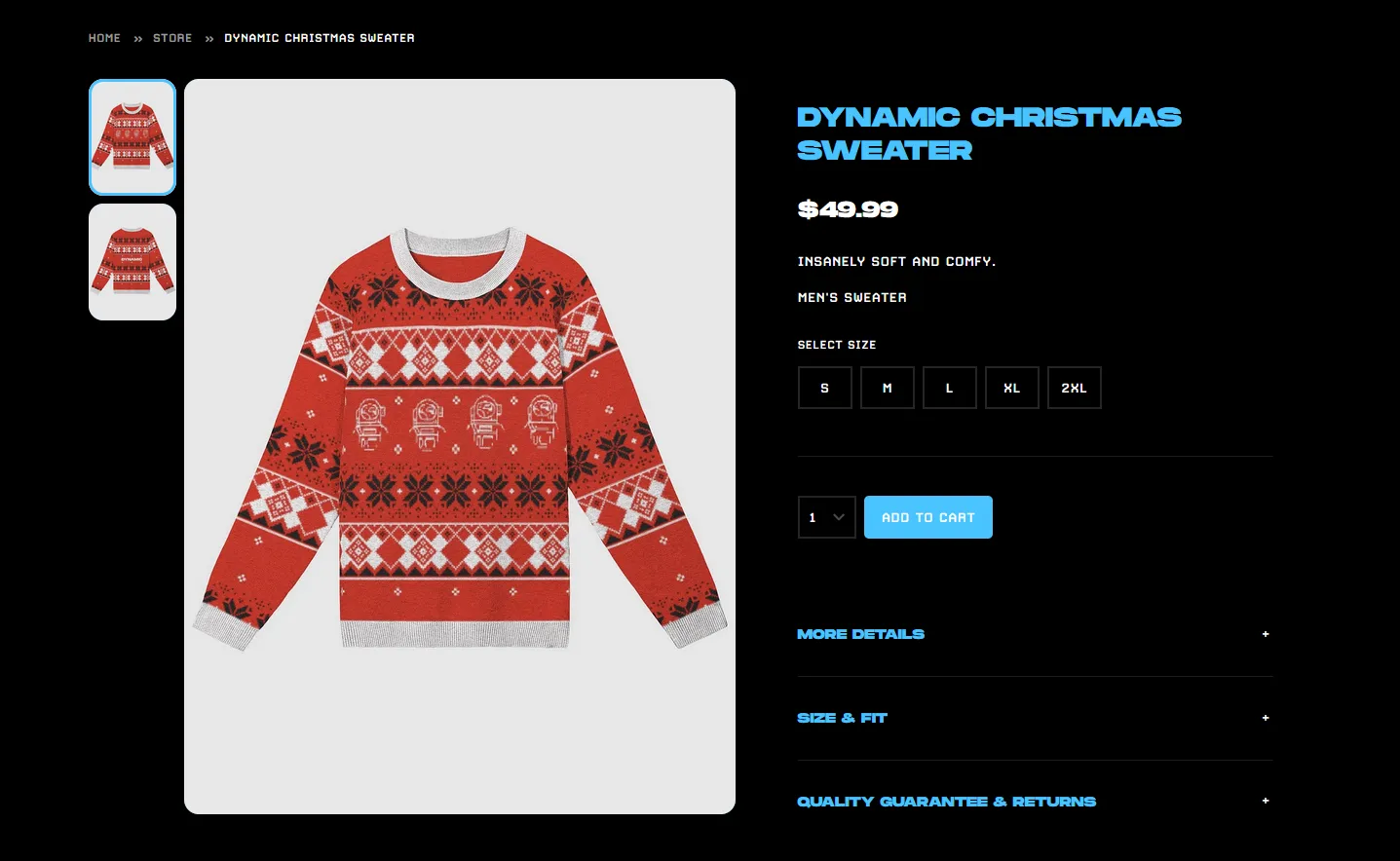
Fourthwall's Jacquard sweaters are also great because you don't have to create large orders; each Jacquard sweater can be ordered on demand, so you won't have to invest a lot of money nor hold onto sweater inventory.
Ready to Bring Joseph Jacquard's Creations to Your Merch Store?
These unique products will really add something special to your Fourthwall store! Whether you're creating a cozy holiday patterned sweater, or something lighter and brighter for the summer months, having Jacquard sweaters available in your Fourthwall shop will help it stand out, and will add a fashion-forward feel to your merch collection.
In addition to Jacquard sweaters, you can customize a huge selection of other Fourthwall goods, as well, from classic T-shirts and sweatshirts to more eclectic items like candles, shoes, polo shirts, and lots more. Start brainstorming your Jacquard and non-Jacquard designs, and get started on your soon-to-be-amazing Fourthwall merch line today!
















